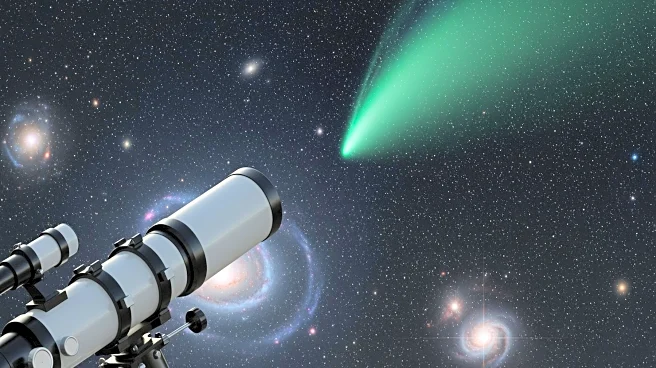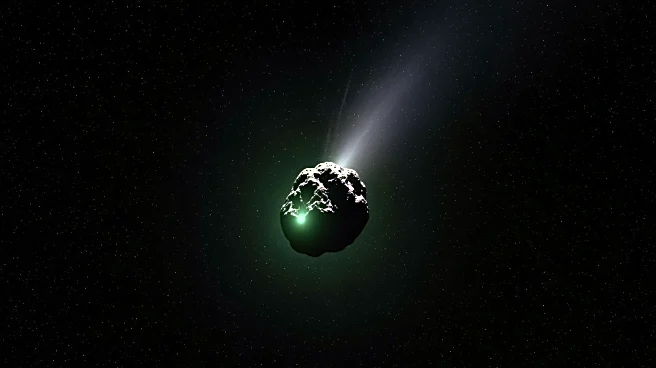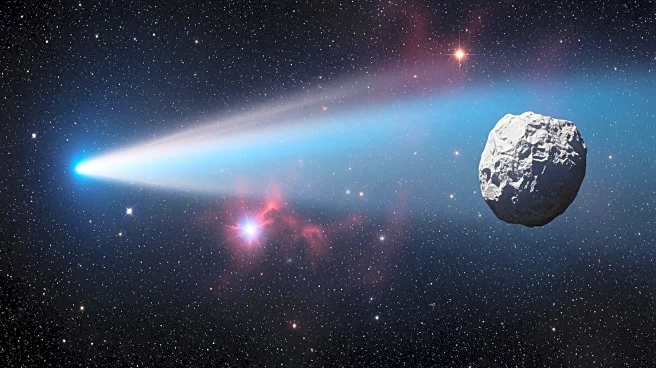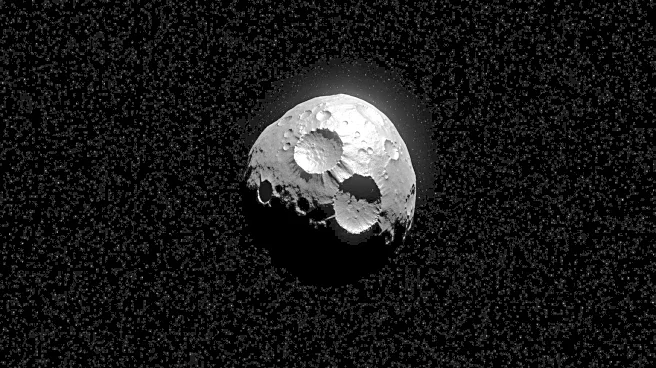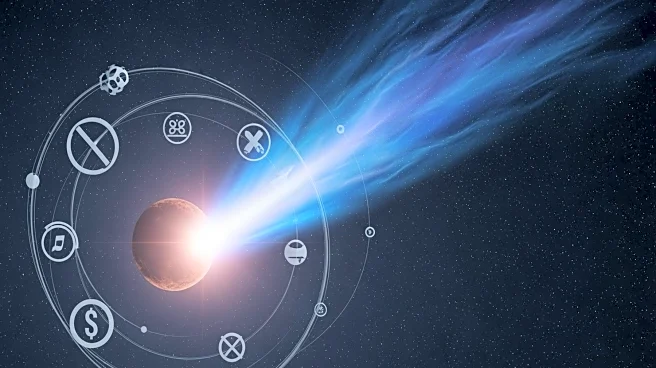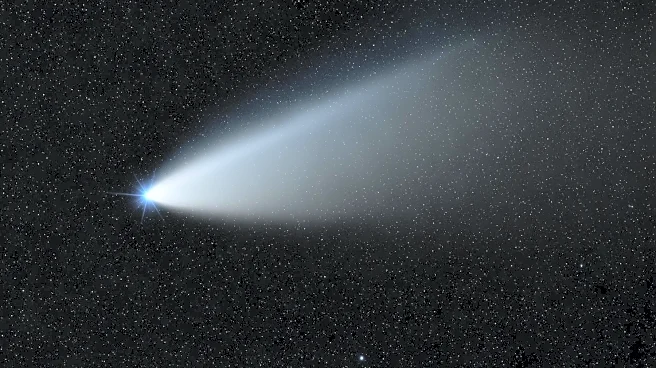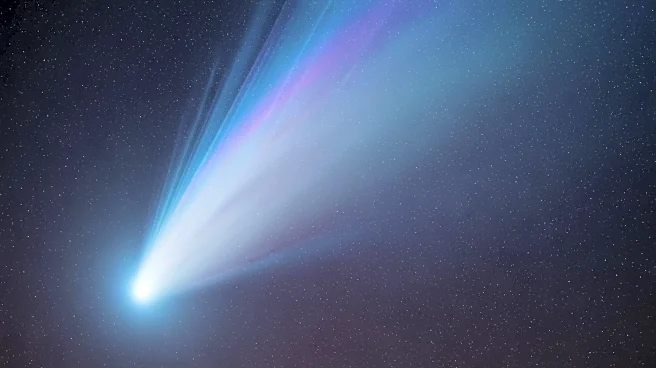What's Happening?
Comet 3I/ATLAS, an interstellar object discovered on July 1, has re-emerged in the predawn sky after a close approach to the sun. It is the third known interstellar object to visit our solar system. The
comet can now be observed through amateur telescopes, although its visibility duration remains uncertain. Qicheng Zhang, a postdoctoral fellow at the Lowell Observatory, captured images of the comet using a 6-inch Ritchey–Chrétien reflector. The comet is currently visible in the constellation Virgo, close to the eastern horizon before dawn, and is moving away from the sun on an escape trajectory from the solar system.
Why It's Important?
The observation of Comet 3I/ATLAS provides a unique opportunity for scientists to study an interstellar object, offering insights into the composition and behavior of comets from outside our solar system. Understanding these objects can enhance knowledge about the formation and evolution of celestial bodies in different star systems. The comet's visibility allows amateur astronomers to participate in its observation, fostering public interest in astronomy and space exploration.
What's Next?
As Comet 3I/ATLAS continues its journey away from the sun, its visibility may decrease, making it challenging to observe. However, astronomers will continue to monitor its trajectory and characteristics, potentially revealing more about its origins and composition. The comet's unpredictable nature means that its visibility could change, prompting further observations and studies.
Beyond the Headlines
The study of interstellar comets like 3I/ATLAS could lead to discoveries about the presence of organic compounds and the potential for life in other star systems. The comet's behavior and composition might provide clues about the conditions in its home system, contributing to the broader understanding of the universe's diversity.


